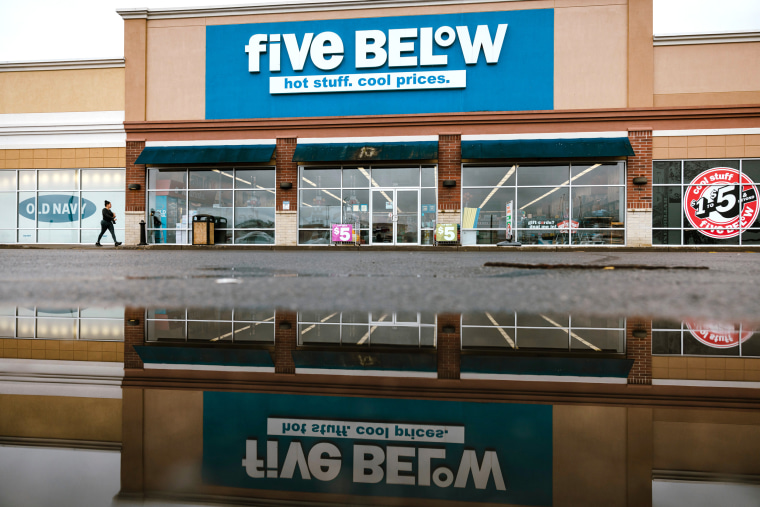Major Retailers Are Backtracking on Self-Checkout
Over the past few years, self-checkout kiosks have become a common sight in major retailers worldwide. These automated systems were touted as a way to streamline the checkout process and reduce labor costs. However, recent trends suggest that some retailers are starting to backtrack on their enthusiasm for self-checkout.
One of the key reasons for this shift is the impact on customer experience. While self-checkout kiosks were intended to make shopping more convenient for customers, many users have reported frustrations with the technology. Issues such as malfunctioning kiosks, difficulty scanning items, and lack of assistance have led to a decline in customer satisfaction.
Moreover, retailers are also recognizing the importance of human interaction in the shopping experience. Personalized service and face-to-face interactions with employees can significantly impact customer loyalty and overall satisfaction. By removing human cashiers in favor of self-checkout, retailers risk losing the human touch that many consumers value.
Another factor contributing to the reversal on self-checkout is the rise of theft and fraud at these kiosks. Without vigilant monitoring by human cashiers, self-checkout systems are vulnerable to misuse and exploitation. Shoplifting incidents have been on the rise as some customers take advantage of the limited oversight at self-checkout lanes.
Furthermore, the COVID-19 pandemic has highlighted the need for improved hygiene and cleanliness in retail spaces. Many consumers are now more conscious of touching shared surfaces, such as self-checkout screens and scanners. Retailers are revisiting their strategies to ensure a safer and more sanitary shopping environment for their customers.
In response to these challenges, some major retailers are scaling back on self-checkout and reintroducing traditional manned checkout lanes. By striking a balance between automation and personalized service, retailers aim to offer a seamless and enjoyable shopping experience for their customers.
While self-checkout kiosks may continue to have a place in retail settings, it is clear that the pendulum is swinging back towards a more human-centric approach to customer service. By listening to customer feedback, addressing technology limitations, and prioritizing security and hygiene, retailers can create a shopping experience that combines the convenience of automation with the warmth of human interaction.



